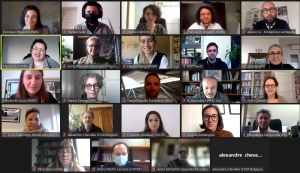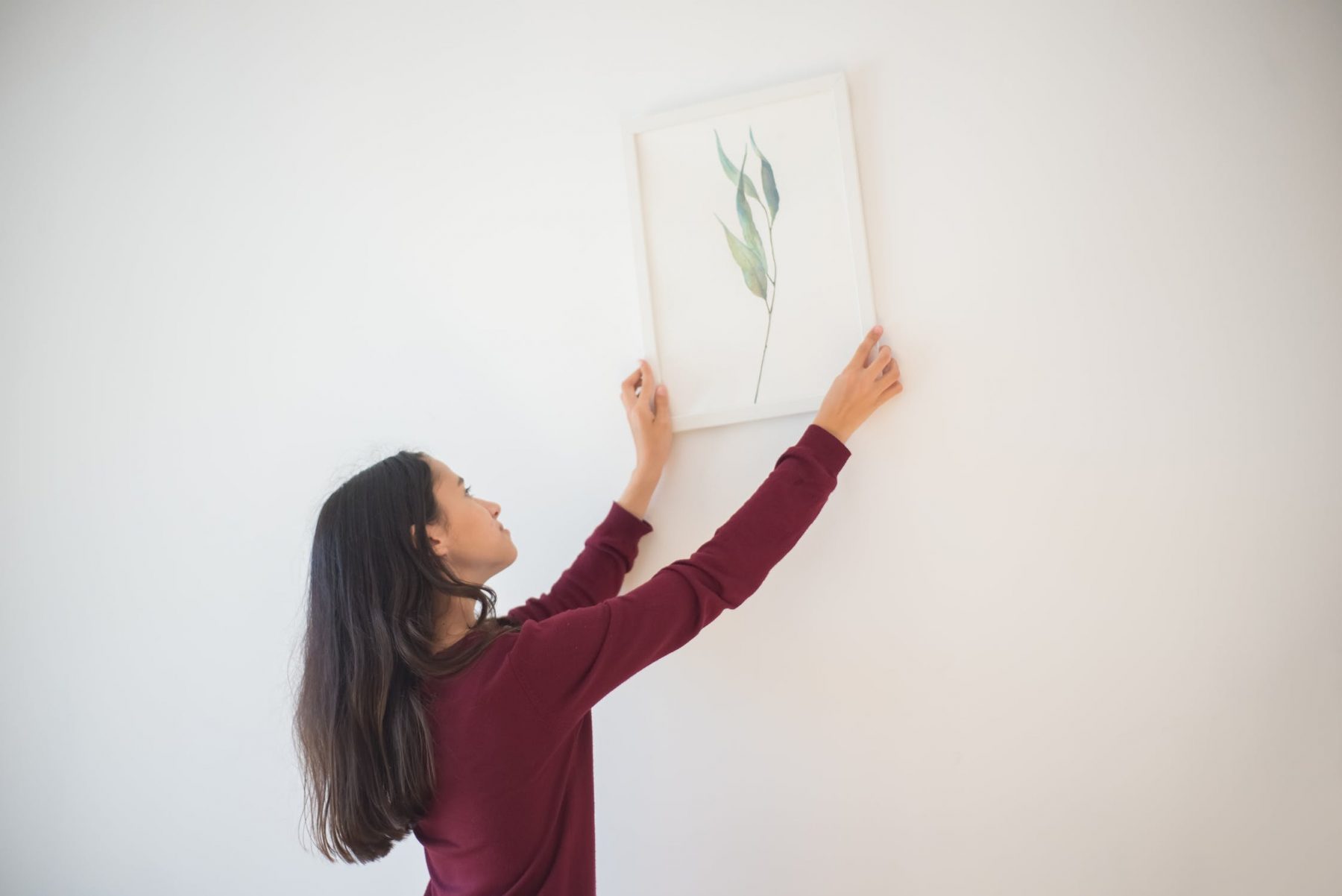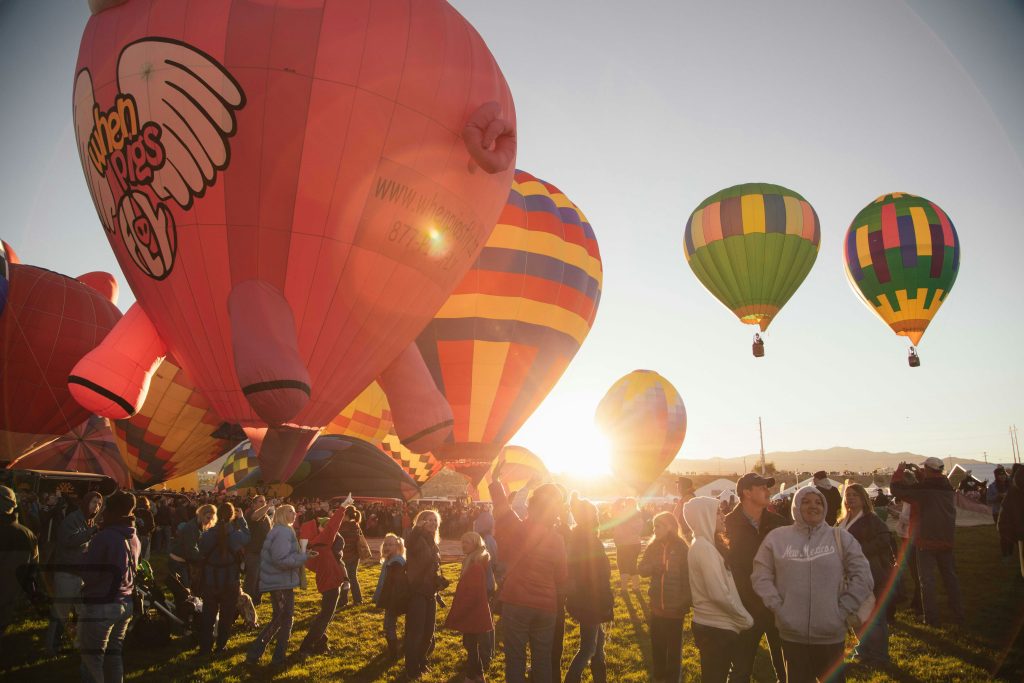Published on 03 Dec 2021
On the 24th of November an online expert’s workshop on cultural tourism took place. Organised by the research group of Planning and Regeneration from the University of Bologna, Italy, to gather experts worldwide to discuss the cultural tourism taxonomy and its links with heritages and heritage-based tourism.
The expert workshop is framed in the European project TExTOUR, whose main objective is to co-design pioneering and sustainable cultural tourism strategies to improve deprived areas in Europe and beyond, as remarked by the project’s coordinator Daniel Basulto from Fundación Santa María Real.
Rethinking cultural tourism in Europe and beyond is more urgent than ever after the pandemic outbreak in 2020, when the global lock down protocols to control the virus greatly affected the tourism ecosystem and its correlated economy.
But what is cultural tourism and how it differs from other forms of tourism? As explained by Anya Diekmann from the Université libre de Bruxelles, cultural tourism is a tricky concept. It is the result of the merging of two different phenomenon: culture and tourism. Culture is always perceived as something positive and valuable that represents and belongs to a society, while tourism is something that is meant to be consumed, it is something meant to be sold.
Even the definition of cultural tourism is not unique among experts. According to UNWTO – World Tourism Organisation (2017), “Cultural tourism is a type of tourism activity in which the visitor’s essential motivation is to learn, discover, experience and consume the tangible and intangible cultural attractions/ products in a tourism destination. These attractions/ products relate to a set of distinctive material, intellectual, spiritual and emotional features of society that encompasses arts and architecture, historical and cultural heritage, culinary heritage, literature, music, creative industries and the living cultures with their lifestyles, value systems, beliefs and traditions.”
Traditionally, cultural tourism was connected to the material expressions of a society, but this relationship has evolved since encompassing both tangible and intangible heritage. According to Richards (2001) cultural tourism is “not just the consumption of the cultural products of the past, but also of contemporary culture or the ‘way of life’ of a people or region”.
Where is the boundary between culture and tourism in cultural tourism? Is a football stadium part of cultural tourism? Cultural tourism is indeed an umbrella term for a whole set of tourism typologies and diverse activities with a cultural focus (Smith, 2003).
Anya Diekmann ended her keynote speech with a provocative question: is cultural tourism better than any other form of tourism? Despite the individual answers to this question, cultural tourism must face up the global challenges directly or indirectly connected to all types of tourism such as climate change, inequalities, pandemic outbreaks etc.
On top of that, there are specific challenges for cultural tourism: the opens up new and fragile destinations to tourism, the environmental impact on protected areas, the over-tourism of “must see” destinations, the negative impacts on local communities, the misuse of the “cultural tourism” label and the fact that although considered often to be non- seasonal, the majority of cultural trips take place in main touristic seasons.

To develop a sustainable plan for cultural tourism, it is necessary to understand the different categories of cultural tourism and their link with tangible and intangible heritages and the kind of tourists they are going to attract. The workshop was moderated by the team from University of Bologna: using a virtual board, the experts shared their inputs and opinions on the TExTOUR’s eight pilots existing categorization of heritage resources, heritage-based tourism types, and their linkages, significantly expanding the tourism and heritage mapping previously carried out by University of Bologna team.
The contributions opened up new heritage resource categories such as vernacular heritage, historical theme parks and enriched and refined the descriptions of the existing ones. The findings of the workshop also showed that the specific period of resources should be considered. It is the case of the heritage of the modern movement and the 20th century.
New heritage categories need to be defined, for example, to differentiate the heritage at the urban level, including urban and cultural districts in addition to the historic city centre in the existing categorization.
“This workshop was just the first step towards a better classification and understanding of cultural tourism and heritage connection” said Claudia De Luca from University of Bologna. Her team is currently in the phase of engaging the expert workshop outcomes to the tools and resources of TExTOUR to flourish and develop strategies and actions at local level for each of the eight project pilots.



